What is lactose?
Lactose is a sugar that is naturally present in milk and some dairy products. People who have lactose intolerance are often still able to eat and drink small amounts of dairy products and experience no symptoms, but this varies from person to person. It’s best to consume lactose-containing foods along with other foods, as solid or fatty meal components will help to slow down the digestion process. This means that less lactose enters the intestine at once, reducing sensitivity.
How much lactose can someone with lactose intolerance have?
Researchers have found that people with lactose intolerance can usually tolerate the following amounts:
• Up to 12g of lactose at once (about 250ml milk)
• Up to 24g of lactose spread out across the day (about 500ml milk)
Low to no-lactose dairy
Aged hard cheese
Harder cheeses that have been aged for at least six months, such as proper Cheddar and Parmesan, are perfectly fine. Enzymes used in the cheese-making process break down lactose more and more over time, so after six months there’s little to no lactose left.
Butter or ghee
Butter is almost lactose-free, but does retain very small amounts of a milk protein called whey. For a completely lactose-free option, opt for clarified butter, also known as ghee. This is butter that has been melted down and strained of any milk solids.
Fermented milk products
Some people are able to tolerate fermented milk products with live probiotic cultures, such as live yoghurt and kefir, as the ‘good’ bacteria have consumed all or most of the lactose.
Lactose-free recipes
You can still make a huge variety of delicious lactose-free dishes, including “Cheesy” nachos, mac ‘n’ cheese, scones, milkshakes, and flatbreads!
Did you know?
Almost 100% of people of purely Irish descent have the gene for lactase persistence. In stark contract, 100% of Native Americans are lactose intolerant by the time they are 13 years of age.
- gut health
- healthy
- top tips
- fridge cake
- food festival
- me auld flower
- dublin
- dublin festival
- food and drink festival
- festival line-up
- Summer festival
- Events
- Festivals Ireland
- Body & Soul
- music festival
- summer events
- OATLY
- Crudo
- All Together Now
- Events Waterford
- Events Ireland
- news
- events Dublin
- Home-Cooking
- online cooking course
- cooking
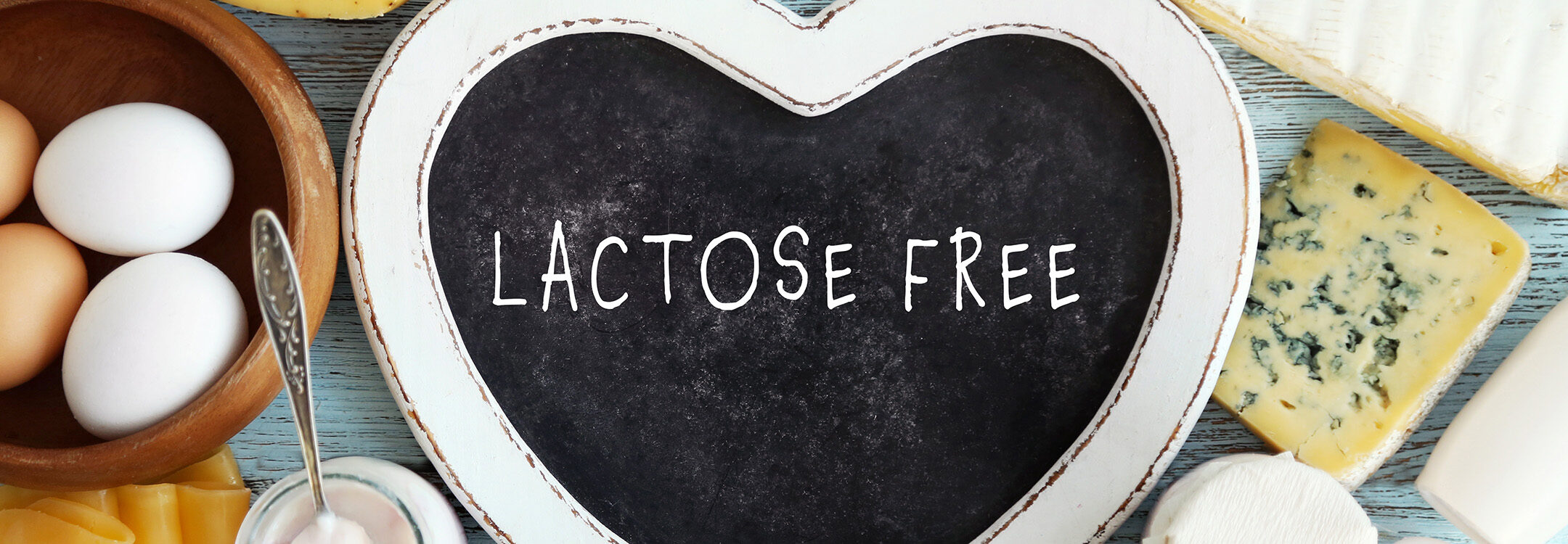
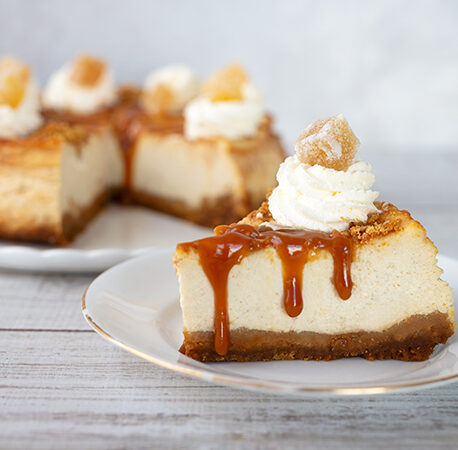
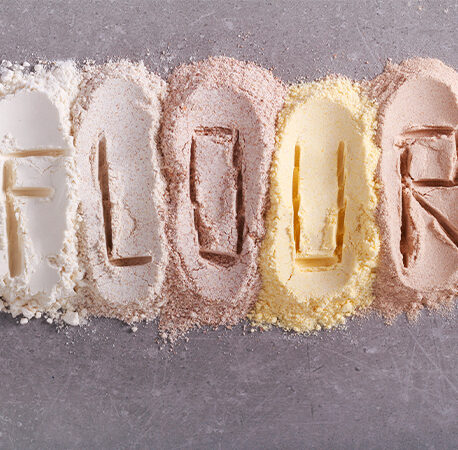

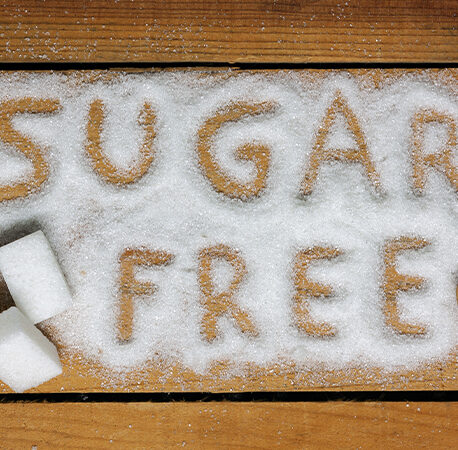
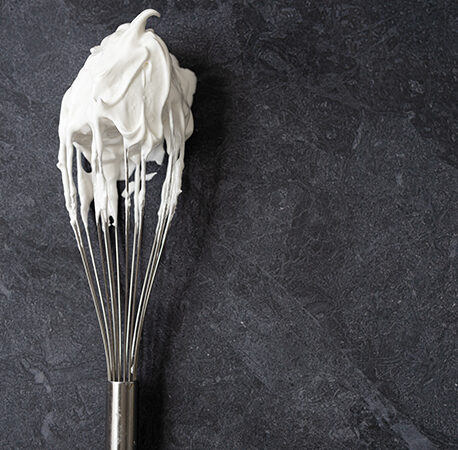
You have to be signed in to comment this post.